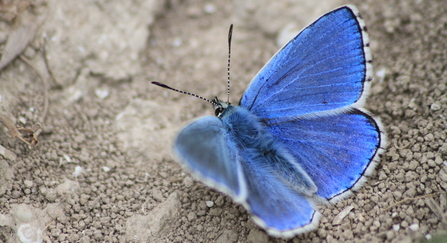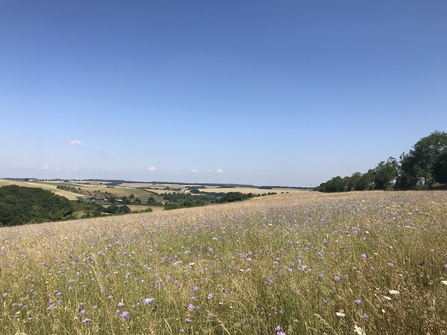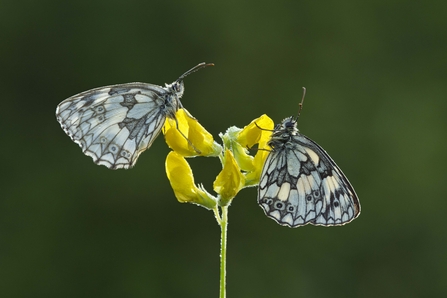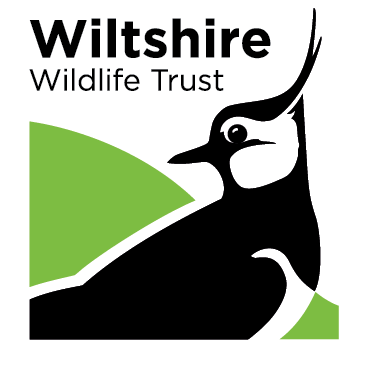If you’ve visited the reserve in the last five years you might have come across our S-shaped butterfly bank made of raised earth covered in chalk. You may even have spotted butterflies using it for shelter and basking in the sun... Last summer as part of a wider butterfly bank project in the UK, we added four new E-shaped banks into the landscape.
New Butterfly Banks Take Flight at Coombe Bissett Down
What is a Butterfly Bank?
Imagine a sunny slope, sheltered from the wind, and bursting with delicious nectar-rich flowers. That's a butterfly bank. At Coombe Bissett Down there are four E shaped banks each aligned to a different compass point to maximise shelter and sun for butterlies. These specially designed mounds provide butterflies with:
Cosy basking spots: The different slopes offer varying temperatures and sun exposure throughout the day.
Shelter from the wind: Butterflies can rest and conserve energy.
Food, glorious food: Plants like kidney vetch and horseshoe vetch provide vital nectar sources and are an important as food for the caterpillars, which are very fussy and will often only eat one or two species of plants. Kidney Vetch is the sole foodplant of the Small Blue caterpillars, our smallest resident butterfly, while Horseshoe Vetch is the sole foodplant of the Chalk Hill Blue and Adonis Blue, two or our most iconic chalk species

Adonis blue © Tom Hibbert
Why Coombe Bissett Down?
Coombe Bissett Down is a perfect location for these butterfly banks in Wiltshire because it boasts:
Chalk grassland: This rare and precious habitat is ideal for a wide range of butterflies and wildflowers.
Existing success: Our original S-shaped bank has already proven to be a hit with our winged friends.
Connectivity: Coombe Bissett Down is linked to other areas of suitable habitat, allowing butterflies to spread their wings and thrive.

Beyond the Butterflies
These banks aren't just about butterflies; they also play a crucial role in protecting and encouraging rare chalk grassland plants. By creating these havens, we're helping to restore this incredible habitat.

©Guy Edwardes/2020VISION
Science in Action
This project is part of a groundbreaking study led by Professor Ed Turner from the University of Cambridge, in collaboration with the University of Reading, Wildlife Trusts, and the RSPB. The aim? To see how effective butterfly banks are at helping butterflies cope with climate change.
By providing microclimates with cooler temperatures, these banks could be a lifeline for vulnerable species. We're also keen to see how they benefit other insects and invertebrates.
Come and Spot the Butterflies
The best time to see these fluttering beauties is in May and June. Take a stroll through Gypsy Field, and you might spot them basking on the banks.
Fancy getting involved?
Record your butterflying sightings when you visit through irecord.org.uk. We're also eager to hear your thoughts and learn how these new features enhance your experience at Coombe Bissett Down contact the reserves team reserves@wiltshirewildlife.org.
A big thank you to the Cambridge Conservation Initiative for funding the project.

